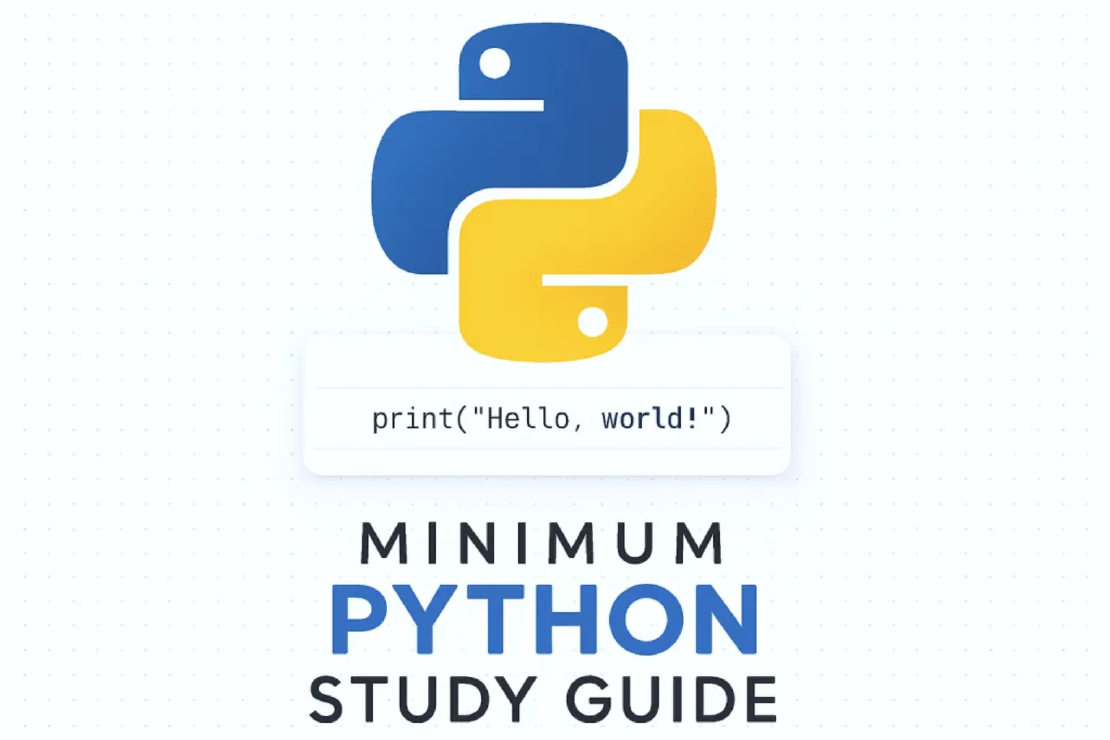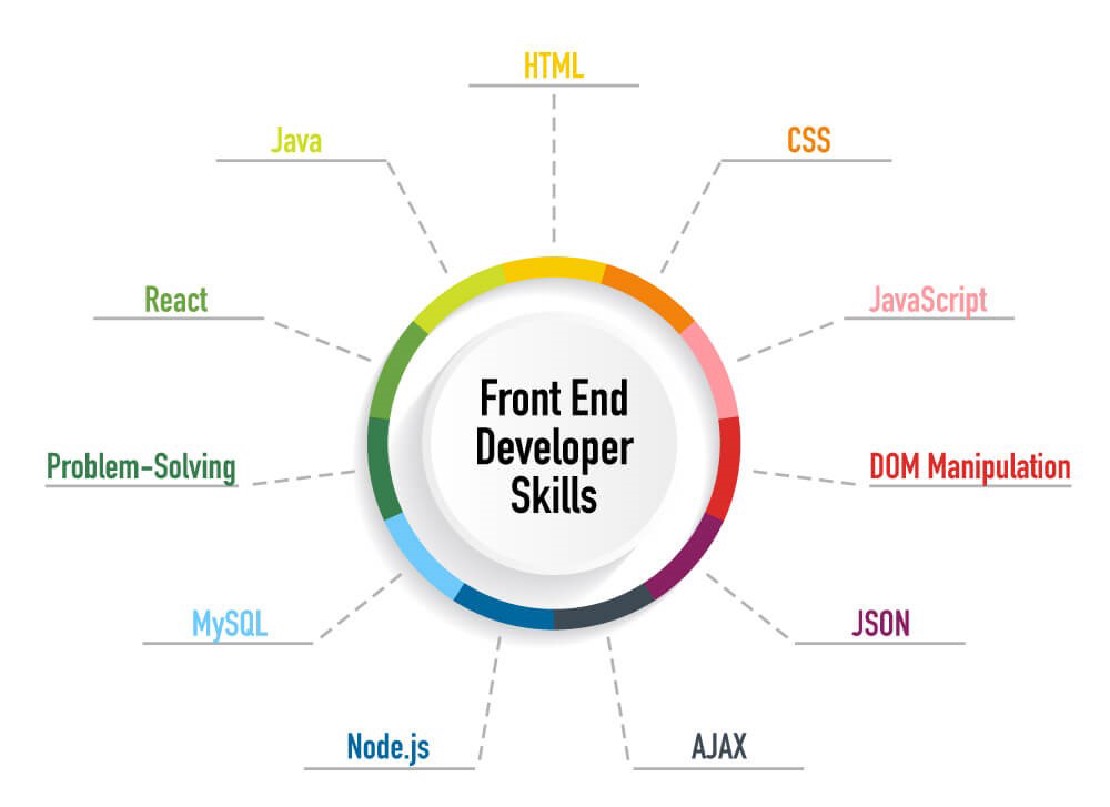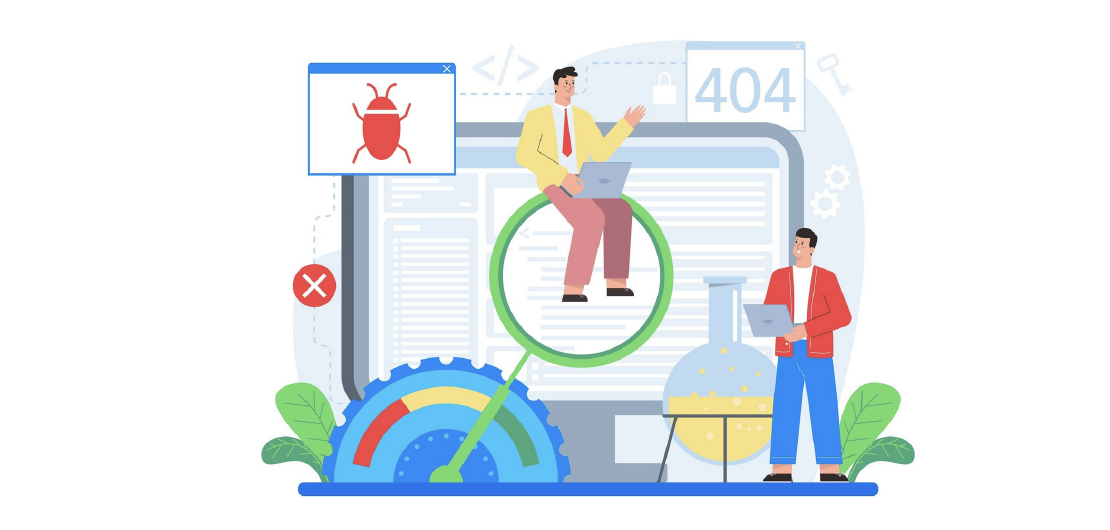This is a quick-reference guide to Python for beginners and experienced developers who want a fast refresher.
Here’s a cleaned-up and slightly enhanced version of your Python cheat sheet with a bit more clarity and structure for easier reference:
Python Data Types & Operations Cheat Sheet
1. Data Types
Primitive Types
int→ integers (5,-10)float→ floating-point numbers (3.14,-0.5)str→ strings ("hello")bool→ boolean (True,False)
Complex Types
list→ ordered, mutable collection ([1, 2, 3])tuple→ ordered, immutable collection ((1, 2, 3))dict→ key-value pairs ({"a": 1, "b": 2})set→ unordered, unique elements ({1, 2, 3})
2. Collections: list, dict, set Operations
Add Elements
| Type | Method |
|---|---|
list |
append(item) → add at end, insert(index, item) → add at position |
dict |
dict[key] = value |
set |
add(item) |
Delete Elements
| Type | Method |
|---|---|
list |
del list[index], remove(item), pop(index) |
dict |
pop(key) |
set |
remove(item) |
Access Elements
- Indexing:
mylist[0] - Slicing:
mylist[start:end] - Stepping:
mylist[start:end:step]
Search / Query
list.index(item)→ get first occurrence indexlist.count(item)→ count occurrencesitem in list→ membership check
Other Useful Methods
clear()→ remove all elementslen()→ length of collectionmin(),max()→ minimum/maximum values
3. String Operations
str.count(substring)→ count occurrencesstr.find(substring)→ index of first occurrence (-1if not found)str.strip()→ remove leading/trailing whitespacestr.split(delimiter)→ split string into a list
4. Math Operations
min(iterable)/max(iterable)pow(x, y)→ x to the power yabs(x)→ absolute valuemath.floor(x)→ largest integer ≤ x (requiresimport math)
Conditions
If / Else Syntax
if condition1:
# do something
elif condition2:
# do something else
else:
# fallback action
Ternary Operator
status = "Adult" if age >= 18 else "Minor"
Equivalent in Other Languages
status = age >= 18 ? "Adult" : "Minor";
Loops
Common For-Loop Patterns
# Iterate over values
for value in values:
...
# Index and value
for index, value in enumerate(values):
...
# Keys only
for key in my_dict:
...
# Keys and values
for key, value in my_dict.items():
...
# Range loop
for i in range(5):
...
Object-Oriented Programming (OOP)
Class Definition
class Person:
def __init__(self, name):
self.name = name
def greet(self):
return f"Hello, {self.name}"
This guide covers the essentials. For deeper learning, explore Python’s official documentation, or practice with small projects and challenges.


